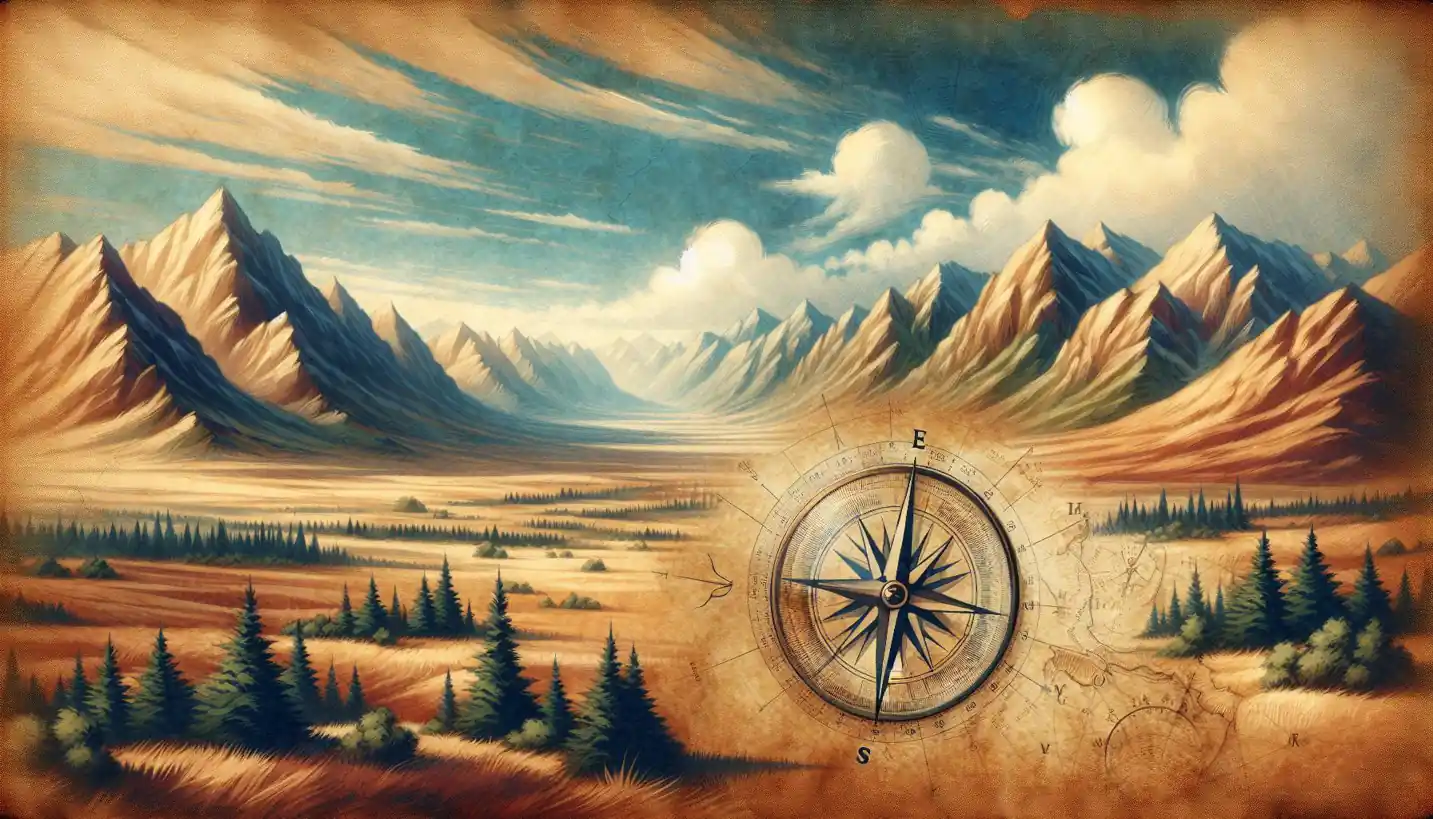· Geography · 4 min read
Foraminifera: Tiny Creatures Telling Big Stories in Geography
Foraminifera, though tiny, are like storytellers from the deep, revealing secrets of our planet's geographical history and climate evolution.

These minuscule marvels, known as Foraminifera, are truly fascinating. Foraminifera, often called “forams,” are tiny marine organisms that play a gigantic role in the study of physical geography. Imagine a creature so small that hundreds can fit on a single grain of sand. Yet, these tiny beings are storytellers of the Earth’s history, giving us insights into past climates and environments.
What Are Foraminifera?
Foraminifera are single-celled protists, primarily found in marine environments. They build intricate shells, or tests, from calcium carbonate, and these shells can form amazing patterns. Think of them as tiny architects of the ocean floor. When they die, their shells settle on the ocean bed, creating sediment layers that can last millions of years.
The Role of Foraminifera in Geography
In the world of geography, these little organisms are like treasure troves of information. By analyzing the layers of sediment they leave behind, scientists can unravel the mysteries of Earth’s climatic and environmental history. For example, the presence or absence of certain forams can indicate past water temperatures or salinity levels.
Studying Foraminifera for Clues about the Past
Imagine being able to time travel just by studying a spoonful of sand. That’s what forams enable researchers to do. Their shells capture the conditions of the oceans at different times. Scientists collect core samples from the ocean floor—think of these like Earth’s ring records in trees but underwater—and examine these shells to learn about ancient climates.
Foraminifera and Climate Change
What’s truly remarkable is how these creatures have become key players in understanding climate change. By analyzing foram sediments, researchers can make predictions about future climate patterns. For example, comparing foram layers across different geological periods provides a clear picture of how climate cycles have changed over millions of years.
Why Are They Important?
The importance of foraminifera in physical geography cannot be overstated. They serve as indicators of past ocean temperatures, pollution levels, and even help in oil exploration. These tiny fossils can point oil companies to lucrative drilling sites, making them valuable in more ways than one.
Foraminifera in Physical Geography Today
Today, the study of forams offers a window into understanding sea-level changes, the history of ocean currents, and even the spread of plants and animals across the planet’s history. Researchers worldwide engage in paleoclimatology—a field dedicated to understanding climates of the past—and forams are their trusted companions.
Bringing the Past to Life
Imagine unearthing stories about Earth’s history, from the ice ages to warmer interglacial periods, all written by these microscopic beings. By using scanning electron microscopes, scientists can closely examine foram shells and gather clues about atmospheric conditions from thousands or even millions of years ago.
Exciting Areas of Research with Foraminifera
The study of forams is not just about looking back; it’s also about looking forward. Researchers are exploring how current climate change might impact foram populations, which, in turn, affects marine ecosystems. Understanding these patterns helps in predicting changes in biodiversity and ecosystem health.
Questions that Ignite Curiosity
Questions like, “How do shifts in ocean currents affect foraminifera populations?” or “What can foraminifera tell us about human impact on marine environments?” drive current research, shedding light on broader environmental changes.
How You Can See Foraminifera in Action
If you’re interested in seeing forams yourself, you don’t need to go on an oceanic expedition. Many museums and aquariums feature exhibits on marine life, often showcasing these amazing creatures. Next time you visit one, see if you can find foram displays, and take a closer look at these minuscule wonders.
The Future of Foraminifera Studies
As technology advances, the study of foraminifera continues to evolve. New techniques in DNA analysis and 3D imaging allow scientists to explore these organisms in unprecedented detail. The more we learn, the more we realize how crucial they are in painting a complete picture of Earth’s history.
Conclusion: Big Lessons from Little Creatures
Who would have thought that something so tiny could have such a big impact on our understanding of the world? Foraminifera are not just creatures of the ocean floor; they are interpreters of Earth’s past, present, and future. By studying them, we not only solve the puzzle of past climates but also prepare for challenges ahead.
So next time you think of geography and the study of our planet’s history, remember the role of these tiny, yet mighty storytellers, who hold many of our Earth’s secrets within their microscopic shells.



